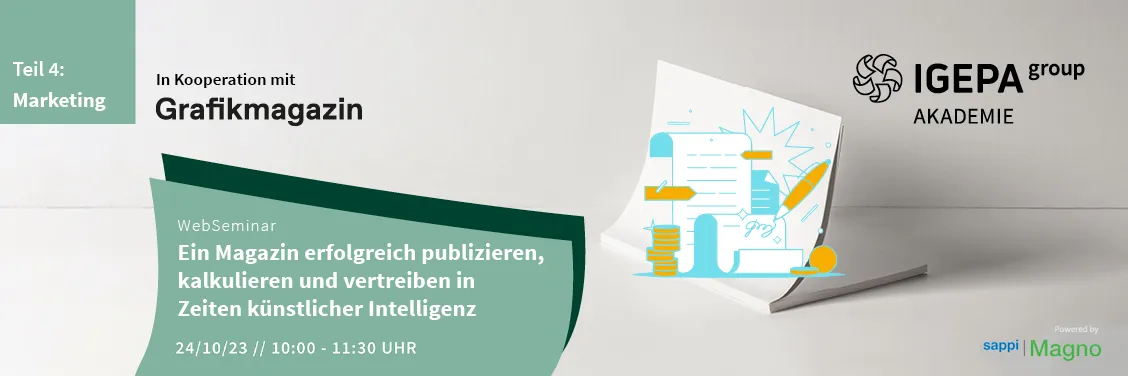In the recently opened X-D-E-P-O-T, a show depot of the Neue Sammlung München, students from the Advanced Design Master's program at Munich University of Applied Sciences set to work: with the noble aim of revealing the democratic potential of design, they highlighted individual objects and key themes of democracy. A worthwhile contribution to the debate!
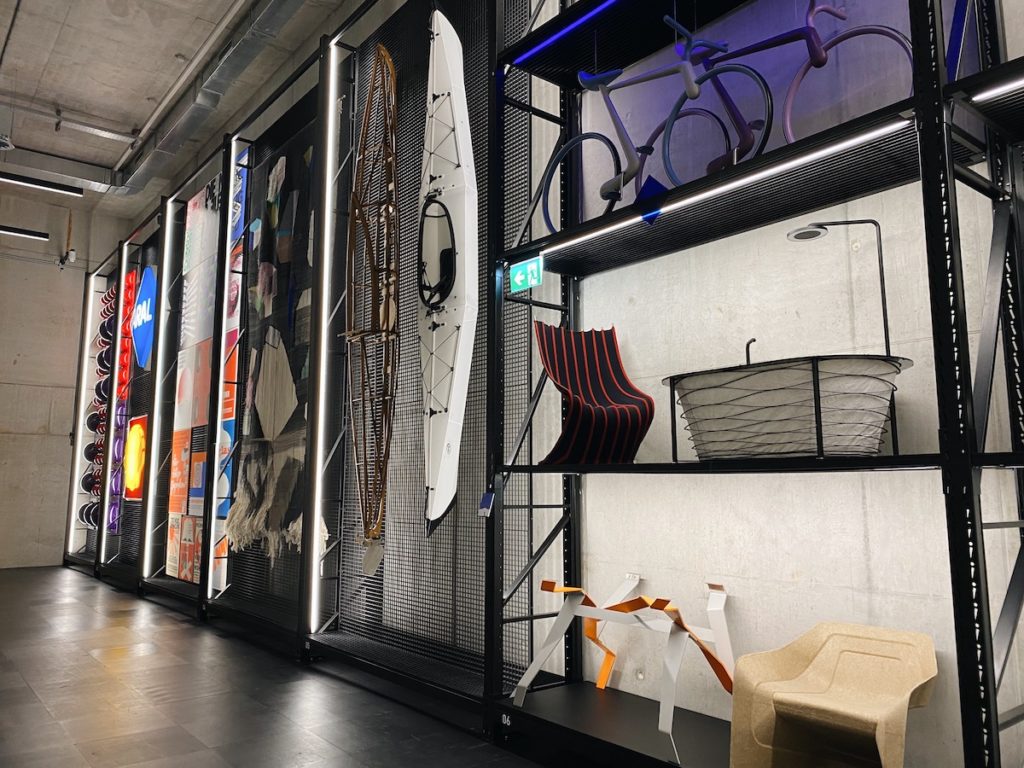
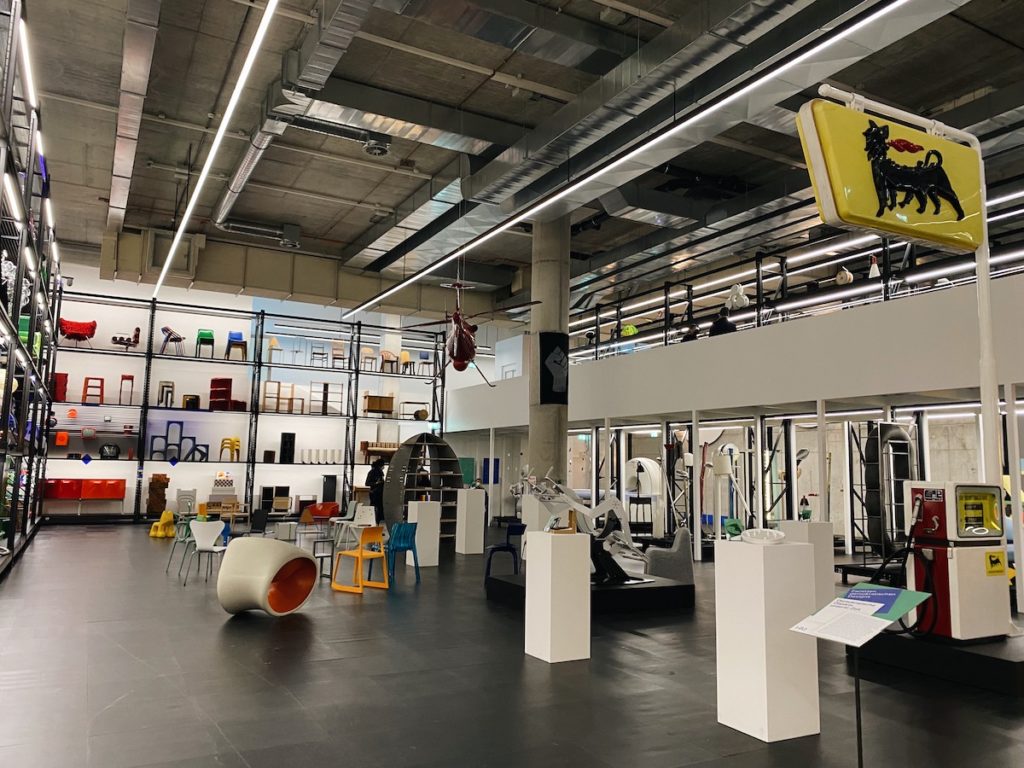
Breaking up the hierarchies
An absolute wow effect: since this September, the X-D-E-P-O-T has been an impressive space in the second basement of the west wing of the Pinakothek der Moderne. The 600 square meter space was originally intended as a display depot and, contrary to the original plans, could not yet be opened with the rest of the rooms. However, the museum was finally able to curate an extremely diverse selection of objects. It breaks with the usual conventions: The very name X-D-E-P-O-T suggests an idiosyncratic coordinate system and reveals that other criteria have been applied here. The exhibits are arranged vertically on the shelves according to self-contained themes. "In a kind of spatial matrix, the exhibition objects are arranged according to content-related and aesthetic-formal criteria and inscribed on the shelving system," says the website. "In this way, different relationships between the objects can be created horizontally and vertically." Here a material, there a design category, there an epoch, over there a color: a new perspective is deliberately made possible and even invited to take a seat on the chairs in the middle.

Democratic potential
Speaking of space and participation: With their intervention, eleven Master Advanced Design students highlight individual designs in the exhibition, which they interpret differently under an expanded understanding of democracy. In particular, they selected objects that they consider to be especially relevant with regard to current social events and developments. Whether a pink drill or a Black Lives Matter flag: the objects are placed in context and examined in terms of their role in democratic society.
The Master's program at Munich University of Applied Sciences is also mentioned in our current issue; graphic designer Eva Leonhard, who is responsible for the layout of the magazine, talked about her time there: "In the Master's program, we were a very diverse team of designers, architects and artists and together we asked ourselves the question: What influence do we have with what we do?" In other words, and viewed in the context of a political discussion: How can design shed light on the facets of democracy, explain them and ultimately make them palatable to the viewer?
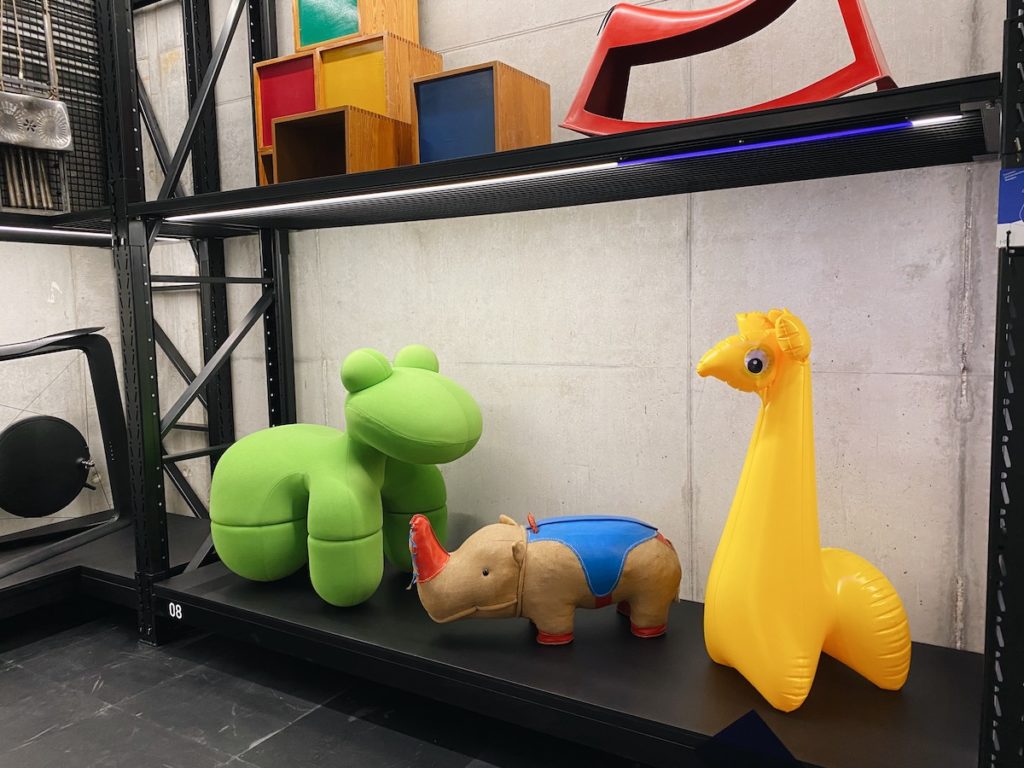
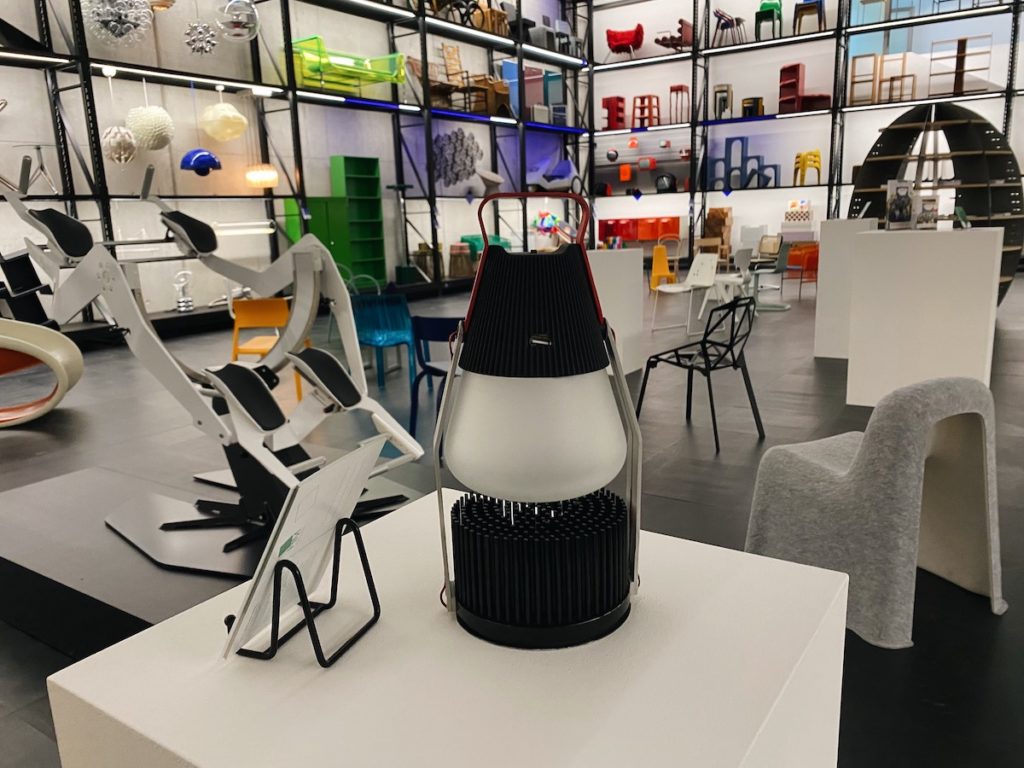
Leave traces
The inflatable plastic giraffe by Libuše Niklová, for example, was chosen because it was accessible to the masses due to its affordability. The plastic alternative, which is cheaper than natural materials, embodies democratic design because it not only appeals to a target group with purchasing power, but was also intended for everyone.
The IGNIS power generator by German industrial designer Tobias Trübenbacher is also exposed. "Democratic design ensures equal opportunities," reads the explanatory text. As the generator converts heat into electricity and thus enables people to participate in modern life, it makes a contribution to global problems. Trübenbacher has thus succeeded in proposing a solution to the massive lack of modern energy supply for a large number of people.
The Nokia 8110 cell phone revolutionized communication and helped to connect people. The one-handed plate by Marie Ruddeck proves that democratic design is also aimed at small target groups, such as people with special disabilities. The selected examples show how broadly the topic can be conceived. However, the students not only categorize some of the objects in the collection, they also add those that they believe are particularly important for the younger generation. And they also had a very special item on the agenda at the live event on 26 July: visitors were able to register by drawing lots for a tattoo depicting one of the selected objects. This was then applied on site by a professional tattoo artist. As a visible trace that will (hopefully) leave a lasting impression on many people's understanding of democratic design.
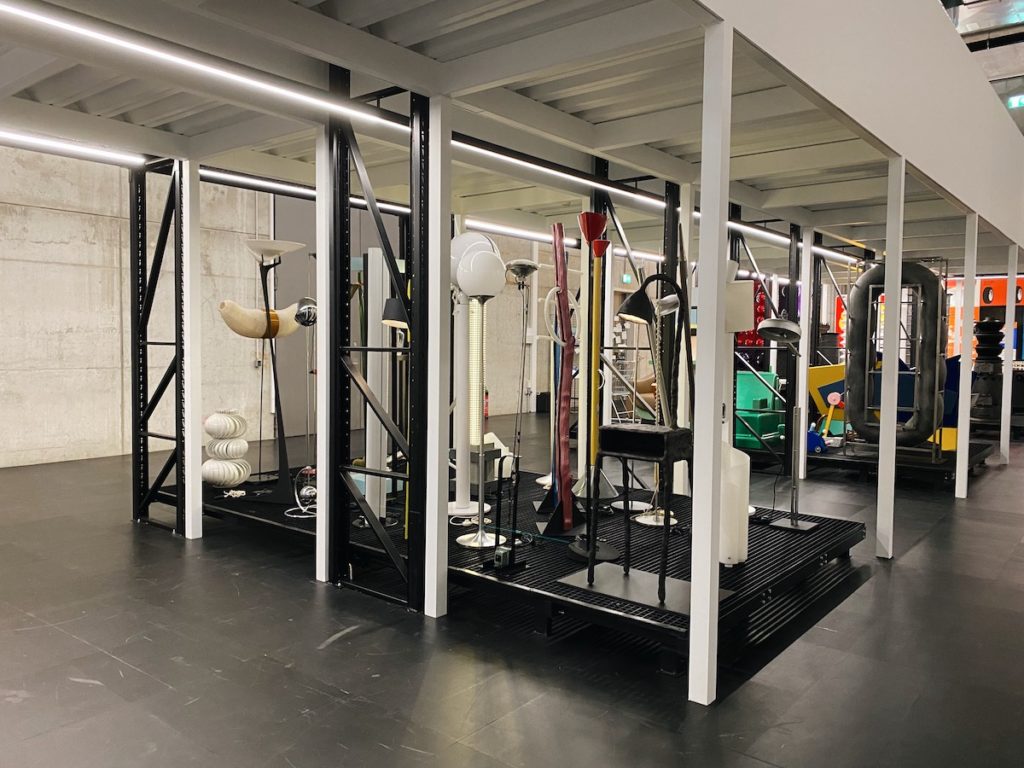
Participation, equality and tolerance
We at Grafikmagazin are also exploring the different potentials and scopes of action of design. Design can explain, reflect and convince, but it can also make visions of the future possible and offer innovative solutions for society. If designers take a clear stance and identify with democratic values, our social coexistence can improve sustainably.
This view is reflected not least in the objects themselves: As curator Gabriele Nollert describes it, a conscious effort was also made to improve the proportion of women in the new acquisitions. In addition, the exhibits show democratic values such as equality, accessibility, participation and tolerance. However, the restrictions of the respective time of origin also play a role, similar to what Friedrich von Borries initiated with his exhibition "Politics of Design. Design of Politics". This is also part of the essential task of a design museum: not only to enable an intensive examination of the objects, but also to actively reflect on the extent to which design influences the structures of our society.
Click here for the website of the X-D-E-P-O-T in the Pinakothek der Moderne in Munich
Find out more about the Advanced Design Master's program at Munich University of Applied Sciences
